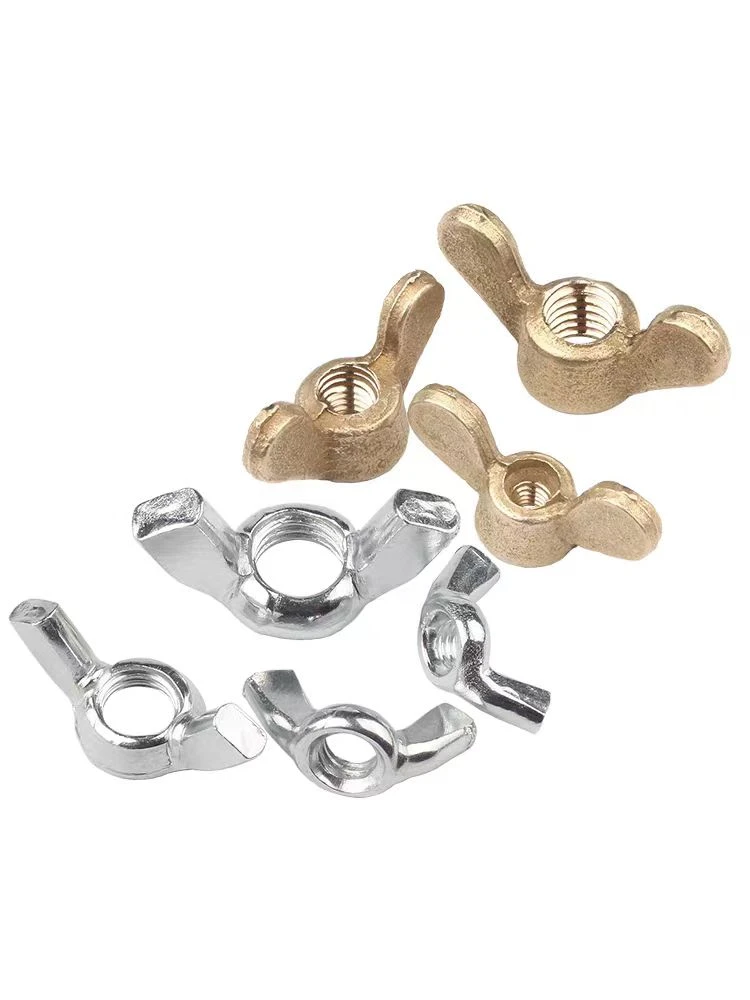

Understanding Sizes of Self-Tapping Screws for Metal Applications
Dez . 04, 2024 15:56 Back to list
Understanding Sizes of Self-Tapping Screws for Metal Applications
An Overview of Self-Tapping Metal Screws Sizes
Self-tapping metal screws are essential components in various construction, automotive, and manufacturing applications. Their primary function is to create their own hole as they are driven into materials, which distinguishes them from traditional screws that require pre-drilled holes. Understanding the sizes and types of self-tapping screws is crucial for ensuring the right fit and performance for any project.
Types of Self-Tapping Screws
Self-tapping screws come in several varieties, each suited for different applications and materials. The two main types are
1. Thread Cutting Screws These screws have cutting threads that allow them to carve out a path in soft metals such as aluminum. They are ideal for lower-strength materials and provide a clean and precise fit.
2. Thread Forming Screws These screws create threads in harder materials without removing materials. They displace materials to form a tight connection and are suitable for use in steel and other tough substrates.
Size Specifications
When discussing sizes of self-tapping metal screws, several factors are important diameter, length, thread count, and head type.
self tapping metal screws sizes

1. Diameter Self-tapping screws come in various diameters, typically ranging from 2 to 14 for smaller sizes. The diameter is crucial for ensuring that the screw will fit properly in the intended application and provide adequate strength.
2. Length The length of self-tapping screws generally varies from 1/4 inch to 6 inches, measured from the top of the head to the end of the screw. The appropriate length will depend on the thickness of the material being fastened and the required reach into the substrate.
3. Thread Count This specification refers to the number of threads per inch (TPI) that the screw has. Standard counts range from 18 TPI to 32 TPI. A higher thread count generally provides better grip and holding power, which is vital for applications where screws may be subjected to vibration or movement.
4. Head Type The type of head on a self-tapping screw can influence both appearance and functionality. Common head types include - Pan Head Provides a broad bearing surface and is often used in applications requiring a flush finish. - Flat Head Designed to sit flush with the surface, ideal for countersunk applications. - Hex Head Allows for high torque applications and is suitable for use with wrenches. - Truss Head Offers a lower profile with a wide bearing surface, suitable for softer materials.
Material and Coating Considerations
Self-tapping screws are available in various materials, including stainless steel, carbon steel, and zinc-plated options. The choice of material will depend on the environmental conditions (exposure to moisture, chemicals, etc.) and the required strength. Additionally, coatings can enhance corrosion resistance, which is essential for outdoor and harsh environments.
Conclusion
Choosing the right self-tapping metal screw involves understanding the specific requirements of the project, including material type, thickness, and environmental conditions. By being aware of the various sizes and types available, you can select the most suitable screws to ensure durability and reliability in your applications. Whether you're fastening metals in construction, installing machinery parts, or completing DIY projects at home, having the right self-tapping screws in the appropriate sizes is vital for achieving a secure and lasting hold.
Latest news
-
Hot Dip Galvanized Bolts-About LongZe|High Strength, Corrosion Resistance
NewsJul.30,2025
-
High-Strength Hot Dip Galvanized Bolts - Hebei Longze | Corrosion Resistance, Customization
NewsJul.30,2025
-
Hot Dip Galvanized Bolts-Hebei Longze|Corrosion Resistance&High Strength
NewsJul.30,2025
-
High-Strength Hot-Dip Galvanized Bolts-Hebei Longze|Corrosion Resistance&High Strength
NewsJul.30,2025
-
Hot Dip Galvanized Bolts-Hebei Longze|Corrosion Resistance&High Strength
NewsJul.30,2025
-
Hot Dip Galvanized Bolts - Hebei Longze | Corrosion Resistance, High Strength
NewsJul.30,2025

